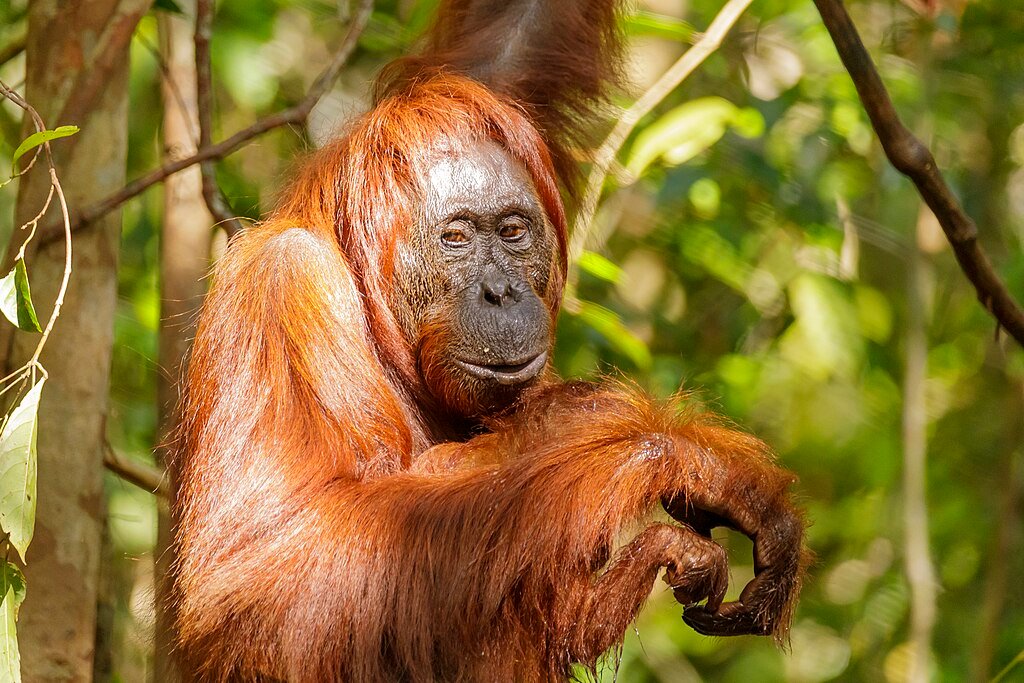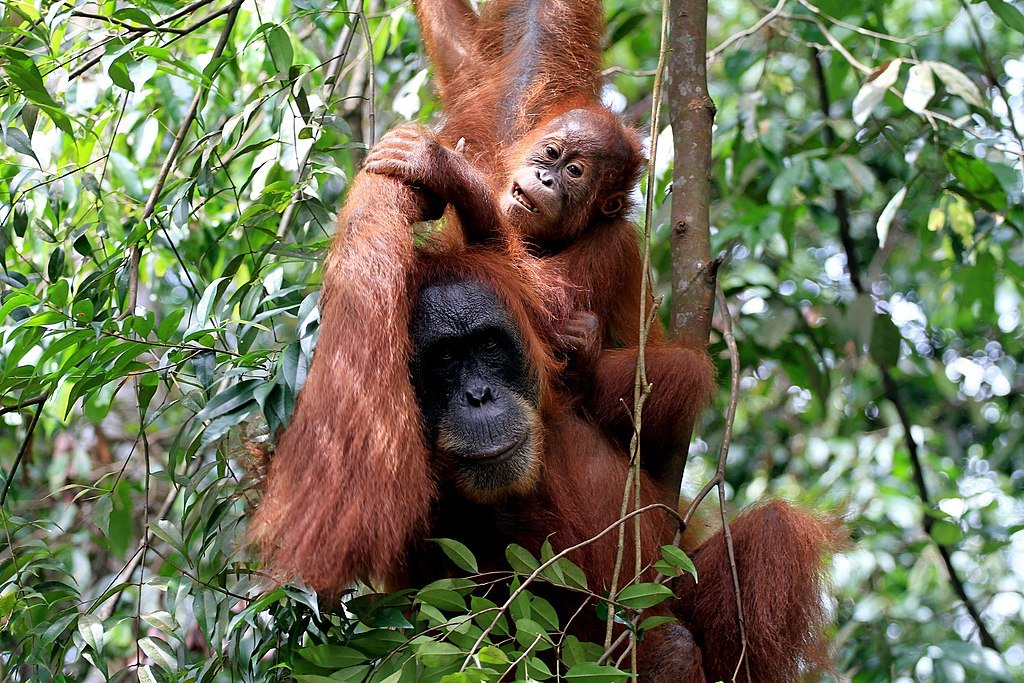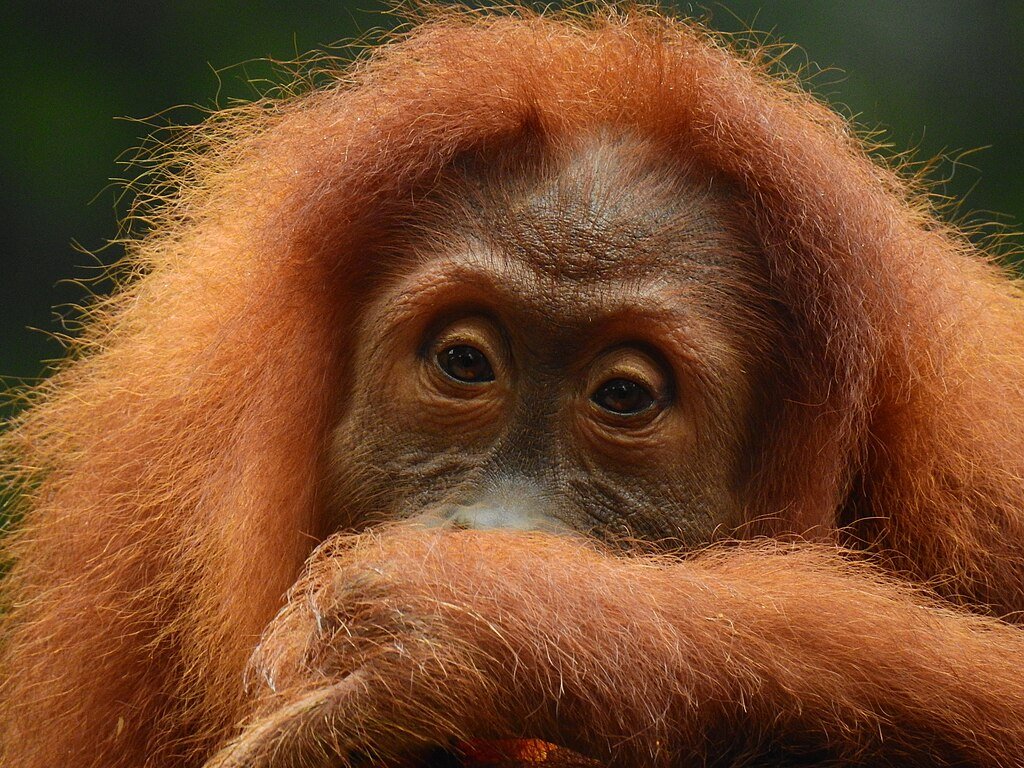A groundbreaking study reveals that orangutans living in zoos engage in more frequent and complex object exploration than their wild counterparts. By analyzing over 12,000 instances of exploratory object manipulation (EOM), researchers found that zoo environments foster greater curiosity and problem-solving behaviors in orangutans.
Comparing Wild and Zoo-House Orangutans

The study, conducted at the Suaq Balimbing research site in Indonesia and four European zoos, examined 51 orangutans ranging from six months to 76 years old. Wild orangutans primarily explored natural objects like plants and bark, while zoo-housed individuals interacted with a wider variety of enrichment items, including plastic toys, puzzles, and stackable objects.
Cognitive Benefits of Zoo Life
Zoo-housed orangutans demonstrated more diverse and complex exploration behaviors, including tool use and multi-object manipulation. Unlike their wild counterparts, who reduce exploration around weaning age (8 years old) due to survival demands, zoo orangutans continue exploring into adulthood. This prolonged engagement may enhance cognitive flexibility and problem-solving skills.
Implications for Animal Welfare
The findings highlight how environmental conditions shape cognitive development in orangutans. While zoos provide structured enrichment that encourages learning, wild orangutans face survival pressures that limit exploratory behaviors. Understanding these differences can inform zoo enrichment programs and conservation strategies.
Future Research Directions
Researchers aim to explore how different enrichment types influence orangutan cognition and whether similar patterns exist in other primates. Further studies could refine zoo practices to maximize cognitive stimulation while ensuring ethical care.
Conclusion

The study underscores the profound impact of environment on orangutan behavior. By fostering curiosity and exploration, zoo settings may unlock cognitive potential that remains dormant in the wild. These insights pave the way for improved enrichment strategies and a deeper understanding of primate intelligence.
Source:




